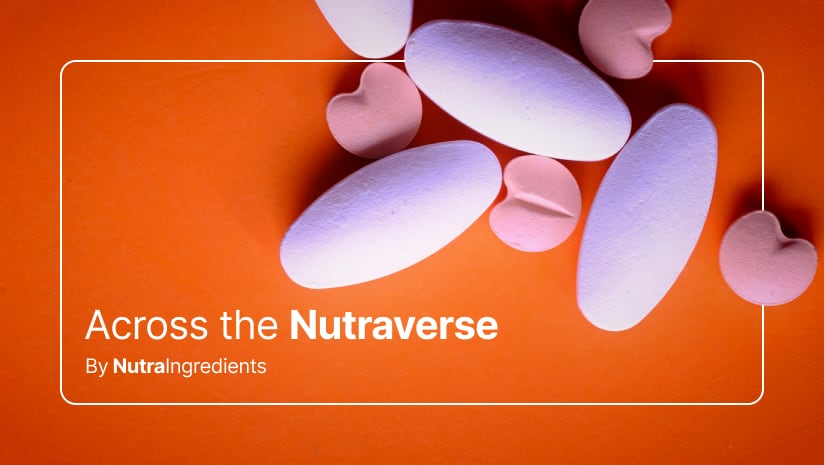Last week’s headlines included new tests from NOW on ‘no-name’ St. John’s wort brands, GNC’s ongoing evaluation of store leases of 54 outlets in Singapore, and the bioavailability boosts from Balchem’s Optifolin+.
NOW testing of St John’s wort sold on Amazon reveals serious quality issues
The latest batch of testing of dietary supplements purchased online by natural product manufacturer NOW has revealed widespread quality issues among “no-name” St. John’s wort brands, with several samples found to contain synthetic dyes.
In addition, there was strong evidence that many of the brands did not use fit-for-purpose testing, according to Katie Banaszewski, senior director of quality at NOW.
The Illinois-based company purchased two samples of 22 different brands on Amazon.com in August 2025. One bottle of each sample was tested in NOW’s in-house lab in Illinois, and the other was tested by ISO 17025-accredited Alkemist Labs in California.
Hypericin, a key marker compound for St. John’ wort (Hypericum perforatum), was quantified by High-Performance Liquid Chromatography (HPLC) using a validated reverse-phase method after irradiation with white light to ensure specificity. Hypericin content was expressed as the sum of hypericin and pseudo hypericin.
Of the 17 brands making 0.3% hypericin label claims, only NOW’s own St. John’s wort product passed and met the specified hypericin content. Three brands had no detectable hypericin. Five brands did not make any hypericin claims (i.e., were non-standardized), but two of those tested positive for synthetic dyes.
“What stands out most to me is the strong evidence that none of these brands used fit-for-purpose testing, if they tested at all,” Banaszewski said. “Our in-house analytical testing, paired with Alkemist Labs’ independent verification, underscores the importance of scientifically valid methods.”
GNC evaluating store leases of former Singapore franchise
GNC Holdings LLC is evaluating the store leases of 54 outlets formerly ran by its Singapore franchise after a court ruling upheld GNC’s rights to these outlets.
The Singapore International Commercial Court (SICC), in its judgement dated Oct. 21, upheld an arbitration award for ONI Global Pte. Ltd. and LAC Global (Singapore) Pte. Ltd. to assign to GNC store leases previously operated by ONI/LAC Global as GNC franchise stores.
GNC’s former franchisee, ONI Global Pte. Ltd. and LAC Global (Singapore), have appealed the court’s decision, while continuing to operate these stores in the meantime.
GNC, on the other hand, believes that the rulings have established a clear framework for potential next steps.
“The SICC’s decision helps eliminate confusion and ensures consumers can confidently access authentic, science‑backed GNC products,” said Cheri Mullen, senior vice president and chief international officer at GNC.
Study supports bioavailability enhancements for Balchem’s Optifolin+
Balchem’s choline-enriched L-5-methyltetrahydrofolate (L-5-MTHF) folate ingredient, Optifolin+, revealed was 2.6 times more bioavailable and absorbed 3.5 times faster than standard folic acid in a recent study.
Published in Food & Nutrition Research, the randomized, double-blind, controlled crossover study aimed to evaluate the relative bioavailability of Optifolin+ versus standard folic acid, comparing their pharmacokinetic profiles over 24 hours in healthy men and women (aged 29-40).
Researchers from BioTeSys and the Universities of Applied Sciences and Hospital of the Saarland, Germany, found that plasma concentrations of L-5-MTHF, the bioactive form of folate that is used by the body to support vital cellular functions, were significantly higher following Optifolin+ intake compared to those after folic acid.
Optifolin+ also increased folate status (as 5-MTHF) by more than 240% as compared to folic acid, and the increase was achieved significantly faster, reaching maximum plasma levels of L-5-MTHF in less than one hour compared to 2.8 hours in the folic acid group.
Additionally, Optifolin+ did not increase blood levels of unmetabolized folic acid (UMFA). Balchem highlighted this is an important finding, as UMFA has no known biological function and high levels of UMFA have been linked to health risks.




